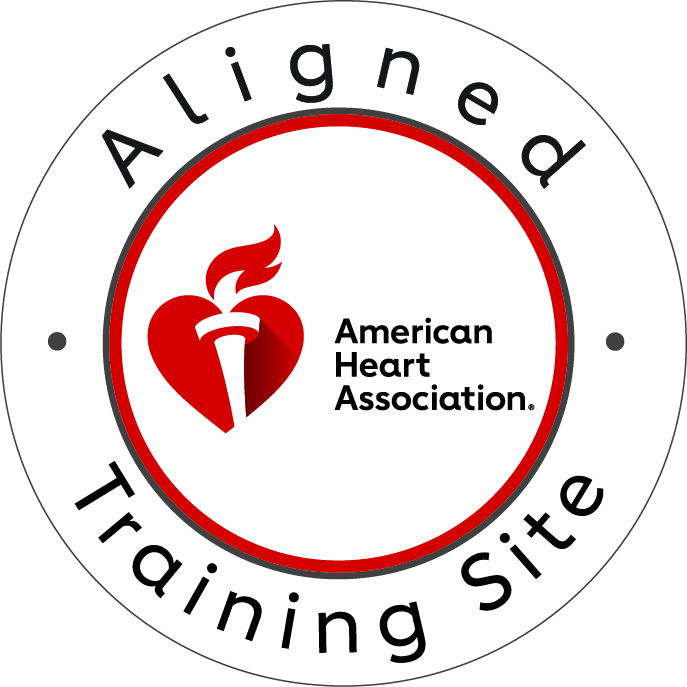If you’ve ever wondered what a pool of liquid oxygen would look like, the answer is very, very cold. O2 is the third most abundant gas in the universe by mass and is essential to life here on Earth.
O2 in the Atmosphere
No one knows for sure why this lung-friendly gas suddenly became a significant part of the atmosphere, but, according to researchers, it is possible that geological changes on Earth led to an increase in the amount of oxygen produced by photosynthesizing organisms that stuck around. The fact that sponges did not have high O2 requirements to live suggests that something else contributed to this rise in the first animal life, though rising O2 levels may well have been a key factor in achieving the kind of ecosystem diversity we see today.
This is even more dramatic, as animals must have minuscule supplies of this gas in order to survive. If we are unable to improve our medical oxygen supply, our lives will be in danger.
The Role of Oxygen in the Environment
Marine photosynthesizers are essential for survival. Oxygen gas is the most abundant gas in water and the second most important for life on Earth. The increase in partial pressure helps to kill the anaerobic bacteria that cause gas gangrene.
Oxygen can be considered the gas that drives our vehicles and keeps them running as they should, so it is obviously quite useful to keep us going. Animals, insects, fish, birds, and dogs need O2 to produce enough ATP to stay alive, and it is crucial for our bodies to function properly and remain physically active.
The Healthcare Industry
People who work should take lung function tests before they start work or after work. The brain needs oxygen to produce ATP which converts O2 into energy. If it is not supplied with it, it can lead to brain damage and even death. That’s why doctors recommend that more people buy pulse oximeters to control O2 levels. Rotech offers home and travels oxygen equipment, including concentrators and portable cylinders. As well as a wide range of O2 products for use in hospitals and hospitals.

Healthcare providers and oxygen providers should work together to choose an O2 system that is right for you. Your child’s doctor will tell you if you would want to consider O2 therapy. Oxygen therapy is useful in treating asthma. Increased lung and artery pressure can cause pulmonary embolism, a condition in which the lungs and blood vessels in the heart do not function properly.

If your paO2 drops below 60 mm Hg during rest, activity, or sleep phase and your O2 saturation are above 89 percent, you qualify for additional oxygen. Not all OCDs provide the same amount of O2 in a continuous flow, so it is important to follow the guidelines for oxygen at home, which you should use to avoid complications.

